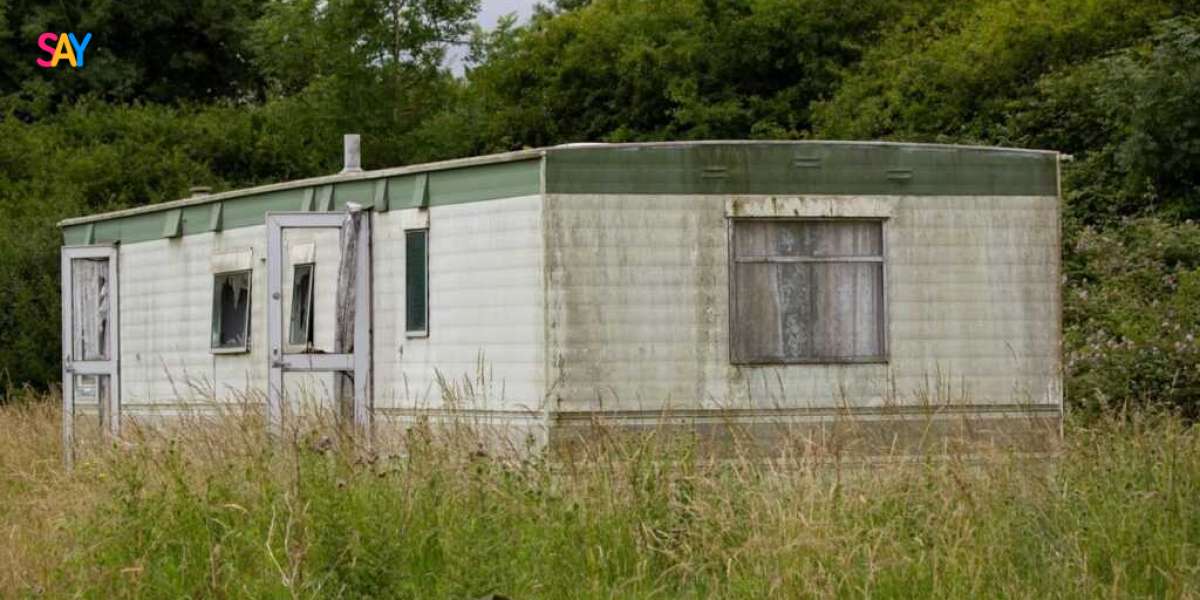Mobile homes, while offering an affordable and flexible housing solution for many years, eventually reach a point where removal becomes necessary. Whether you're upgrading to a new home, the existing structure is beyond repair, or the land is needed for other purposes, understanding the intricacies of mobile home removal is crucial for a smooth and stress-free process. This article will guide you through the key aspects of mobile home removal, ensuring you're well informed every step of the way.
Assessing the Need for Removal
The decision to remove a mobile home is often a significant one, driven by various factors. Deterioration due to age, water damage, or structural issues can make a mobile home unsafe or uneconomical to repair. Changes in lifestyle or the need for a larger or different type of dwelling can also necessitate removal. Furthermore, if you own the land your mobile home sits on and have plans for redevelopment, removal becomes a necessary precursor. Carefully evaluating the condition of your mobile home, your future housing needs, and any land-use plans will help you determine if removal is the right course of action.
Navigating the Removal Process
Once you've decided to proceed with removal, several key steps need to be considered.
Permits and Regulations
Before any physical work begins, it's essential to investigate local regulations and obtain the necessary permits. Zoning laws, environmental regulations, and building codes can all impact the removal process. Contacting your local municipality or planning department is the first step in understanding these requirements. They can provide information on necessary permits, disposal guidelines, and any specific procedures you need to follow. Failing to obtain the required permits can lead to fines and delays.
Choosing a Removal Method
Several methods exist for removing a mobile home, each with its own implications for cost, time, and environmental impact.
Complete Removal
This is the most common method, involving the dismantling and hauling away of the entire mobile home. This often requires specialized equipment and experienced professionals. The home may be broken down on-site, or in some cases, it can be moved in large sections depending on its condition and transportation feasibility.
Demolition
If the mobile home is severely damaged or if the goal is to clear the land quickly, demolition might be the chosen route. This involves completely tearing down the structure and hauling away the debris. While potentially faster, demolition can generate more waste and might have higher disposal costs.
Selling or Donating
In some cases, if the mobile home is still in relatively good condition, you might be able to sell it to someone who will relocate it. Alternatively, some organizations accept mobile home donations, which can be a more environmentally friendly option and may offer tax benefits. However, finding a buyer or donation recipient who is willing and able to handle the relocation can take time and effort.
Selecting a Removal Service
Unless you have the specialized equipment and expertise, hiring a professional mobile home removal service is highly recommended. When choosing a service, obtain multiple quotes and verify their licensing, insurance, and experience. Ask for references and review their past work. A reputable company will be knowledgeable about local regulations, have the necessary equipment, and ensure the removal process is conducted safely and efficiently. They will also handle the proper disposal of the materials.
Preparing the Site
Before the removal crew arrives, you'll need to prepare the site. This may involve disconnecting utilities such as electricity, water, and gas. Ensure all personal belongings have been removed from the mobile home. Clear any obstacles around the home that could hinder the removal process, such as landscaping, sheds, or fences.
Handling Disposal and Recycling
Proper disposal of the mobile home materials is crucial. Depending on the removal method and the materials involved, some components can be recycled. Discuss disposal and recycling options with your chosen removal service to ensure environmentally responsible practices are followed. Landfill fees can vary, so understanding these costs is important for budgeting.
Conclusion
Removing a mobile home is a multifaceted process that requires careful planning and execution. By understanding the need for removal, navigating the regulatory landscape, choosing the appropriate removal method, selecting a reputable service, preparing the site, and addressing disposal responsibly, you can ensure a smooth and efficient transition. While it may seem daunting, breaking down the process into manageable steps will empower you to confidently say goodbye to your old mobile home and pave the way for your next chapter.




